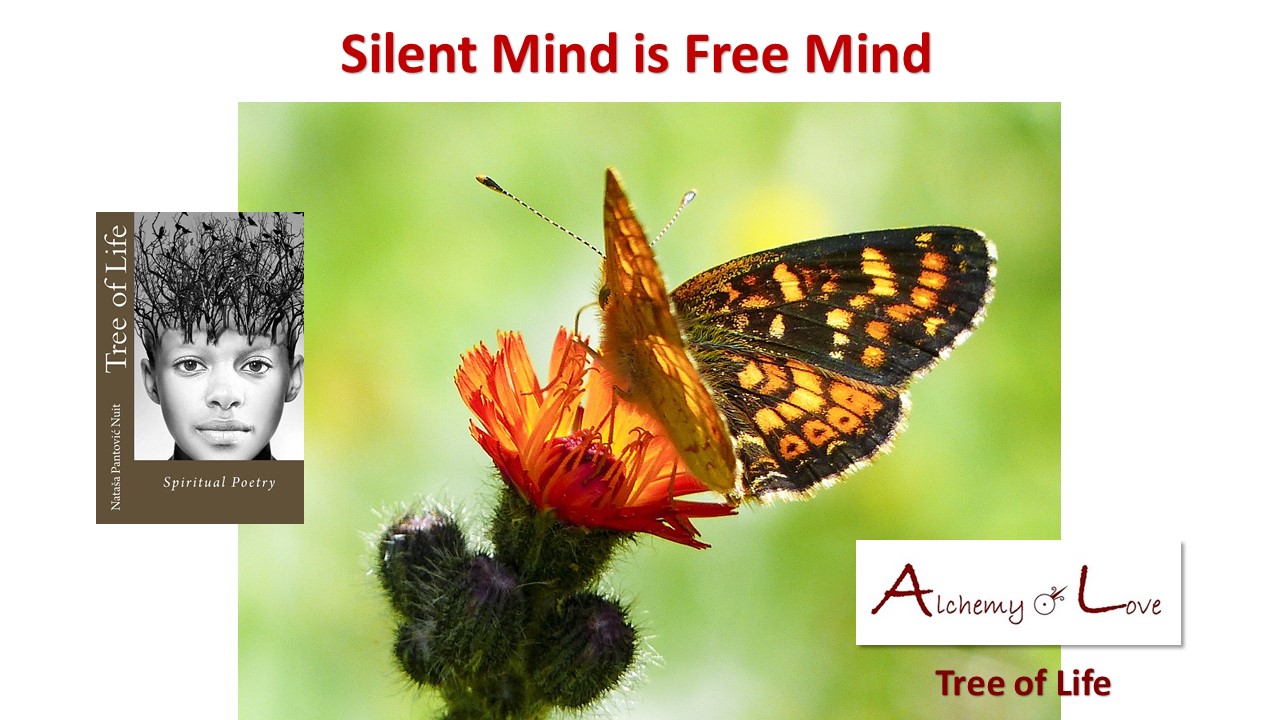Mind Power and Motivation

Some Interesting Brain Facts
The human brain is truly extraordinary. A healthy brain has some 200 billion neurons. The conscious mind controls our brain for only five per cent of the day, whereas the subconscious mind has control of our thoughts 95 per cent of the time.
A human being has 70,000 thoughts per day. The brain requires up to 20 per cent of the body’s energy despite being only two per cent of the human body by weight.
Behavior Modification , Personal Development and Wisdom
Somewhere within our brain we have a potential for higher mathematics, complex physics, art, and amazing richness of thoughts, feeling, and sensations.
However, although we are mostly controlled by our brains, we are yet to learn how to best use its potential.
Perhaps this is the task of the next phase of our evolution – utilizing our brains better, understanding the 95 per cent of its subconscious functionality, becoming more creative, less bombarded by useless thoughts, more focused, and more peaceful.
Mind Power and Left and Right Brain Research
In her book My Stroke of Insight, brain scientist Jill Bolte Taylor, who recovered from a massive left hemisphere blood clot, talks about her experiences during the eight years it took her to completely recover.
She was unable to walk, talk, read, write or recall her life.
However, she refers to this state of her being as Nirvana, a word used to describe a profound peace of mind.
Describing the right brain, she says it is like a parallel processor. It thinks in pictures, it is non-verbal, it is non-linear and creative. The right brain has no sense of time, it is playful, it sees humor, and it is lost in the flow.
The right brain is compassionate and is associated with the heart. It is intuitive and takes us into inner peace.
The left brain is like a serial processor; it is interested in the past and future. It thinks in language and is concerned with details. It is logical and it is the critical, analytical part of our being.
Traditional Education Learning and Brain Development
Traditional educational methods, its curriculum and its focus on examinations emphasize the development of the ‘left brain’ hemisphere. With this approach, students quickly lose motivation and interest for science and its magic.
Two fundamental assumptions of formal education are that students retain the knowledge they acquired in schools, and that they can apply it in situations outside the classroom. But is this correct? How much do we really remember and how relevant is this knowledge?
Geniuses like Albert Einstein, Leonardo da Vinci and Wolfgang Amadeus Mozart created their masterpieces from a place of inspiration and creativity. It is likely they had an ability to fully utilize the virtues of both brain hemispheres.
Helping Children Learn
To understand children’s capability to learn, educational psychology develops and applies theories of human development.
Rudolf Steiner’s model of children’s development links physical, emotional, mental and moral development. In his approach, he values equally the rational and imaginative approaches to learning.
So schools inspired by his approach teach creativity through art and dancing not only to awaken and strengthen the children’s expression and to stimulate imagination, but also as a way of understanding and mastering cognitive thinking.
Mind Body Healing
An example of an alternative method of learning is a movement therapy included in the Waldorf curriculum called Eurythmy. The word comes from Greek, meaning a beautiful or harmonious rhythm.
Eurythmy works with mathematical forms, beginning with a straight line and curve, and proceeding to more complex geometric figures developing a child’s coordination and concentration. Rods or balls are also used in exercises to develop precision in movement. Philosophically, it acknowledges a child’s capacity to communicate through non-verbal gestures.
Eurythmy is made up of discreet movements that represent various phonetic sounds. The feelings and thoughts have gestures that are beyond our conscious awareness. Eurythmy attempts to explore the variety of feelings and thoughts through movement, language, rhythm, color and form. Through this art, children learn the wisdom of emotional intelligence that helps overall wellness
To view our videos please go to the original article: https://artof4elements.com/entry/38/brain-and-its-magic
To Read More Conscious Mind Articles, please go to: https://www.artof4elements.com/page/free-mind
Nataša Pantović MSc Economics, Published Author since 1991, Adoptive Parent, Management Consultant and Ancient Worlds Consciousness Researcher. Author of:
1. Conscious Parenting: Mindful Living Course for Parents,
2. Mindful Being towards Mindful Living
3. Art of 4 Elements spiritual poetry book and
4. A-Ma or Playing Glass Bead Game with Pythagoras.
5. Tree of Life: a Journey into the Field of Dreams
6. Conscious Creativity: Ancient Europe's Mindfulness Meditations
7. Spiritual Symbols with Their Meanings
Artof4Elements launched the AoL Mindfulness Series of 9 fiction and non-fiction books with 7 Authors focusing on ancient history, creativity and comparative religion. A series of many genres, including poetry, personal development, historical fiction, the world of ''AoL Mindfulness'' explores inner alchemy, and reaching ones highest potential.

Post new comment
Please Register or Login to post new comment.